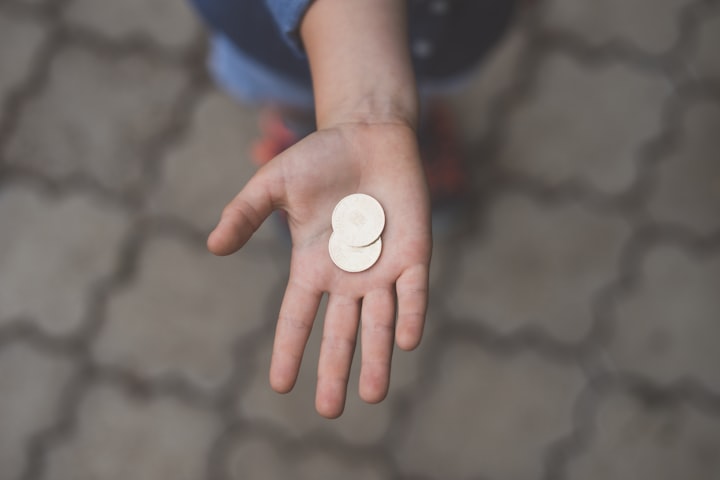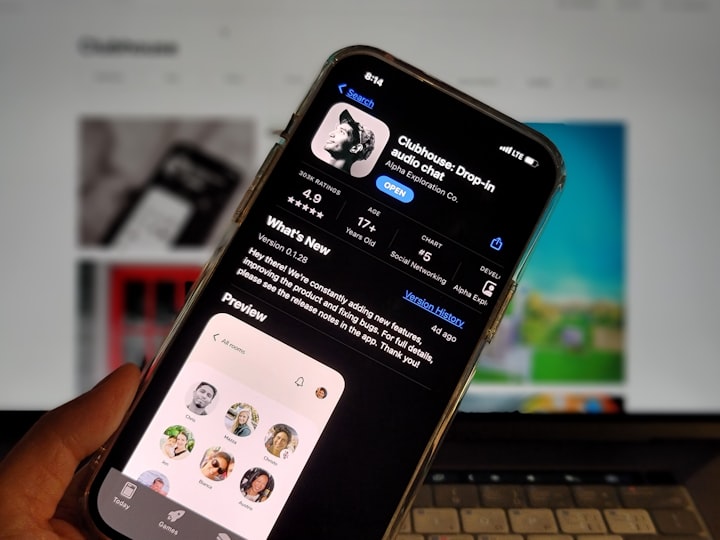The School Board That's Teaching Students Financial Literacy
Applying math to real-world situations

Without giving away my age, I was still in school when Zack and Kelly first started dating. If those names mean nothing to you, you should probably ask your parents.
We received very little in terms of practical teaching - especially in math. Now, in Ontario, Canada, the education system is guiding students to better financial literacy.
This is a significant step toward genuine life skills that can help prepare kids for the future.
The Importance of Practical Life Skills
I was thinking back to my education and was motivated to write an article all about the five things I wish they had taught in school.
When I had finished my education, I felt very unprepared to face the world. I did not know about budgeting, saving, credit, managing stress, or even how to put together a resume.
Walking into my first job interview was a nightmare, as I had no idea how to prepare, conduct myself, or what questions to ask.
Then there's the massive financial setback that most students face. It's still crazy that 18-year-olds can just go into university and gain absolutely crippling debt without being prepared.
When, and if, you graduate - and God-forbid you can actually find a job - how do you navigate the world of finances? Here in Ontario, they are trying to help give kids a leg-up on this.
The curriculum will now include practical math that can be put to use in real life. This will start as soon as they enter high school. Students will learn things like how to apply for a mortgage. They will also learn more about loans and interest.
And here's a big one: they will learn about debt - and more importantly - how to pay it off.
I wish I had received some knowledge of this, as it would have saved me a lot of disaster in my early 20s. Who in the blue hell thought it was a good idea to give an 18-year-old a credit card?
Starting Financial Literacy at a Younger Age
The curriculum put in place starts in the first grade and continues until eighth grade.
They teach students about currency and some financial management. This becomes even more important as we move away from physical money. I can't remember the last time I used paper notes, and kids in the future will probably rarely see them.
Our money is earned digitally, transferred digitally, and spent digitally. It's hard to gain a true understanding of what you have when it's just represented by digits on a screen. When you hold money, there's a little more sense of its value.
Now, we just have to tap to instantly spend and transfer funds. It's almost like it doesn't really exist, and gaining some financial management is extremely important.
The Importance of Consumer Awareness

Teaching consumer awareness is another big part of the curriculum. Learning how to navigate any kind of retail helps kids to understand how we can be taken advantage of financially in retail settings.
Just learning about how they design grocery stores to make you spend more than you intended is a practical life skill.
The curriculum will have students analyze a variety of financial situations to explain how financial situations can be applied. They will also be taught about how interest rates work, and various other factors that can affect purchases.
It doesn't get more practical than that.
Some school districts are even teaching kids how to read a review on a product and whether or not they should buy it. Students as low as the fourth grade are being taught these extremely valuable lessons on basic risk and cost-benefit analysis.
Since we pretty much live online, simple review analysis can help kids become better consumers. Just teaching the difference between "wants" and "needs" may go a long way.
I have a unicycle in my closet that perfectly illustrates that point…
Final Thoughts
An easy dismissal of this is to think that kids will just not care about financial literacy at a young age. They may just zone out. But I argue that it wouldn't be any different from the number of kids who probably zone out during trigonometry and algebra.
When math like this can become more personal and practical, there may be more chance of having it stick. I think that when kids can visualize the situation - and put themselves into it - it may resonate more.
This is something I wished I had received while growing up.
There may also be the thought that this should be left up to the parents. The problem is, kids might not have parents able to teach this sort of thing. They may be in poor financial situations themselves and just trying to get out of it.
As kids, we spent 8 hours a day in school. I spent more time with teachers than I did with my parents. This seems like the perfect opportunity to teach more practical life skills.
Hopefully, this is something that is happening more across the board to give kids every advantage possible.
About the Creator
James Logie
Personal trainer, nutrionist, traveler, blogger, podcaster, lover of the 80s.






Comments
There are no comments for this story
Be the first to respond and start the conversation.